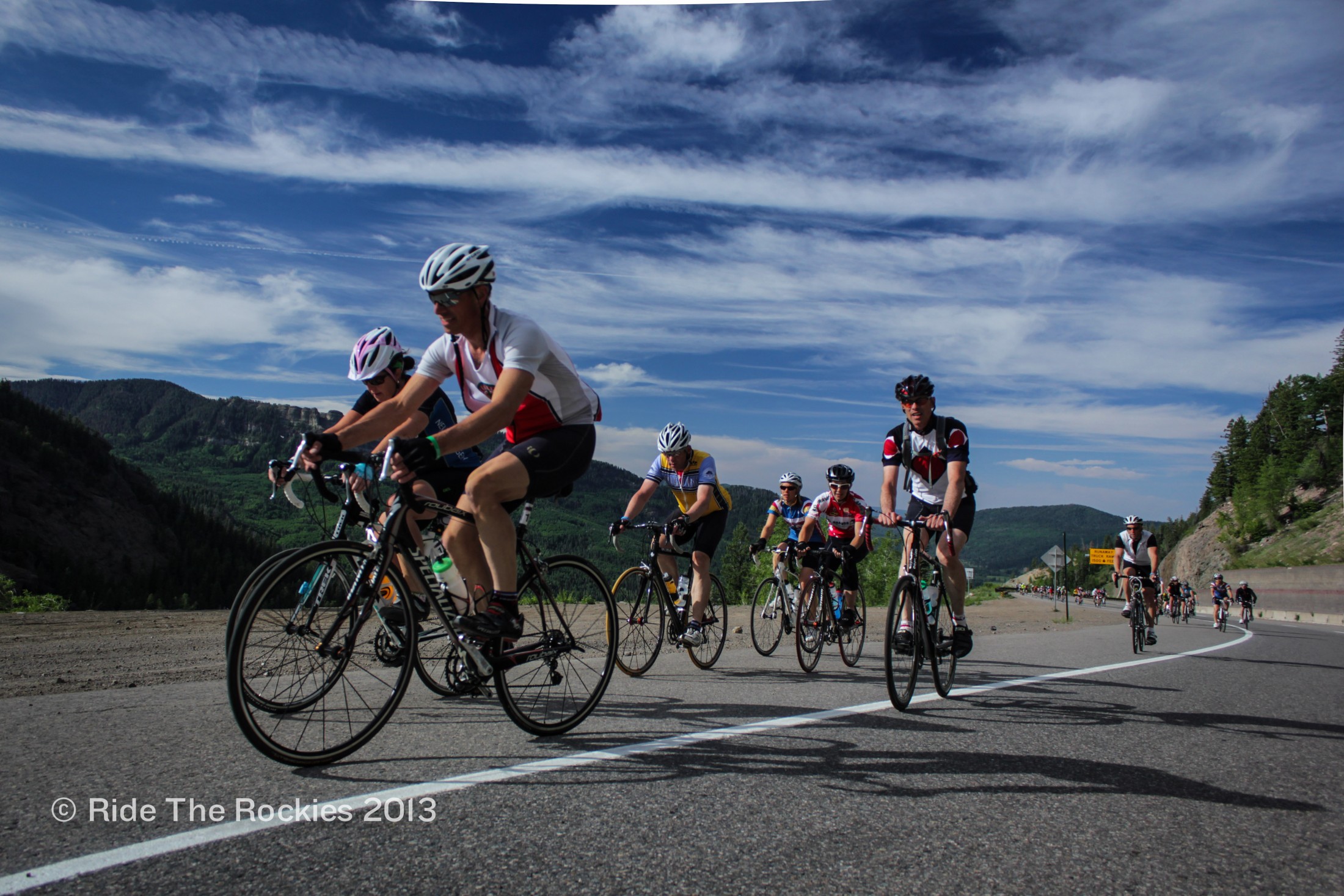by OnSight | Sep 2014 | Colorado County Clerks Association, Elections, Web Communications


Search and sort by county and location type.
It’s never too early to plan for election day — ballots will be here before we know it! Mail ballots will be sent to all eligible voters, and you can choose how to return your ballot: by dropping it off at a ballot box or by returning it in the mail. Either way, ballots must be received by your County Clerk no later than 7 p.m. on Election Day (November 4th) to be counted.
MyColoradoVote.com is now updated with a complete listing of all ballot drops locations in Colorado with a nifty interactive map that lets you search by county, as well as quickly find out which locations have 24-hour ballot drops and which will let you register (which you can do up to and including Election Day). The site is a project from the bipartisan Colorado County Clerks Association to serve as your resource for non-partisan and reliable voting information.

Find 24 hour ballot drop locations.
The site also includes:
- Important Voting Dates and Deadlines
- Frequently Asked Questions on voting, elections, ID and residency requirements in Colorado.
- Tips on Marking Your Ballot to make sure your vote is counted
For more Colorado election info and to find the polling place closest to you, check out MyColoradoVote.com.
by OnSight | Jun 2014 | BIkes, Ride The Rockies, Social Media, video, Web Communications
Congratulations to all who participated in the recently-wrapped Ride The Rockies! This seven-day, 471-mile cycling tour took riders to through blizzards, rainstorms, but most of all, a stunning cross-section of colorful Colorado.
For the second year running (or, riding) OnSight Public Affairs was on hand to handle social media, take photos and work with participating bloggers.
Here are a few highlights from the week:
For more photos and updates, be sure to check out the Peak Pedaler blog, RTR Flickr, Facebook, Twitter, and Instagram. Stay tuned for updates on next year, the 30th anniversary tour!
by OnSight | Apr 2014 | Social Media, Web Communications

Colorado River Ducky is riding the pulse flow on the Colorado River.
The Colorado River hasn’t reached the Gulf of California for generations, but for the first time in years, that may change. Right now, a “pulse flow” — a one-time release of water from a reservoir — is making its way down the Colorado River.
In order to inform people of this endeavor, we’ve worked with water conservation organizations to create the Colorado River Ducky, an interactive avatar that follows the path of the pulse flow and posts updates on social media and online. The social media effort – consisting primarily of a Facebook page, Twitter account and micro site – is bringing attention to this historical process. Creating a narrative “story” of the pulse flow’s history and effects through the eyes of the Ducky is making the Pulse Flow relatable, fun, interesting, and engaging for coalition participants and the public alike.
The Colorado River Ducky web site is highlighting some of the major landmarks in the pulse flow project, and the Twitter and Facebook page are active, and already seeing tons of interaction, including two mentions from the Bureau of Reclamation (@usbr), and dozens of RTs in the first week alone, including from the 10,309-follower @GobiernoBC account.
Colorado River Ducky Photobombs the Pulse Flow
by OnSight | Mar 2014 | Campaign, Press and Media, Strategy, Trends, Web Communications
“For political campaigns, reaching younger, more diverse, swing voters through live TV advertising alone is problematic.”
|
It’s a multi-layered challenge for political campaigns: TV is still the best way to reach the biggest audience, but media markets don’t necessarily map on to Congressional districts. In a cash-conscious campaign (and aren’t they all?), spending money to advertise to people who can’t even vote on your issue or candidate is bitter pill. Add to that the declining TV audience (or, better put, the increase in non-TV audiences) and the growth of “micro-targeting” on social media, and it raises the question about how best to allocate advertising dollars to reach the most relevant audience.
WaPo goes into more depth in this March 15 article, citing a bipartisan research effort from earlier in the year:
Live TV isn’t going away; it’s just not as dominant as it once was. Seventy percent of those surveyed said they had watched live television in the previous week. But fully 30 percent said that, other than live sporting events, they had watched no live television in the previous week. For younger voters, it’s closer to 40 percent.
Video on demand, streaming, smartphones and tablets have changed viewing habits. In the past three years, according to the survey, the percentage of people watching streaming content — think “House of Cards” on Netflix — has roughly doubled, to 27 percent of the population. Viewing content on smartphones has about doubled to roughly the same percentage of users. Tablet viewing has jumped from 14 percent to 26 percent in less than two years.
These changes in viewing habits coincide with the dramatic growth in the prevalence of smartphones and tablets. Today, two-thirds of the population has a smartphone; more than half said they have a tablet.
The bottom line is the same, political campaign or consumer marketing campaign — reach the people most interested in or persuadable by your message, with the least waste. Or as put by Obama media advisor Jim Margolis, ““The objective is reaching voters where they are. Content is content and whether you see an ad or video on your iPad, your TV or on your smartphone, our job is to get in front of your eyeballs and get your attention. That means looking for gaps in TV penetration, and finding targets someplace else…to do it right requires more work and sophistication than when people were watching four local stations and we were bombing them . . . with ads. The advertising world has changed in powerful ways and reaching voters is more challenging than ever before”
by OnSight | Jan 2014 | Social Media, Strategy, Trends, Web Communications
Things are constantly changing on the social media landscape. If you made it a priority to track of Facebook’s latest algorithm change and the latest social media buzzword you wouldn’t even have time to get your work done. Luckily for you, that’s our job.
On that note, we thought we would update you on a couple of recent changes that could have a significant effect on our outreach efforts. There’s tons more happening, of course (are you following us on Twitter and Facebook for regular updates?), but these are two pretty big ones that we want to make sure you know about:
1. Facebook pages
Facebook is changing the way it shows page posts in people’s feeds — basically they are downgrading the value of all page posts, so while it will still help to have the sort of good content that generates real engagement, it is even then going to be harder and harder to even show up in people’s feeds without paying for ads.
Some time around the beginning of December, Facebook changed its algorithm in such a way that every user’s news feed was tweaked slightly – more relevant, newsy-type stories and shared articles by friends would be seen, but at the expense of posts by pages. Many businesses, including small-to-medium-sized businesses that can’t really afford huge marketing budgets, saw the potential of social media marketing some years back and have built up healthy followings and a good number of likes on their Facebook pages. However, this recent move by Facebook is an attempt to get companies to pay to reach these audiences.
“We expect organic distribution of an individual page’s posts to gradually decline over time as we continually work to make sure people have a meaningful experience on the site. We’re getting to a place where because more people are sharing more things, the best way to get your stuff seen if you’re a business is to pay for it,” says a document produced by Facebook.
Read more here.
2. Gmail Servers
Gmail is changing the way it hosts images, which — without going into the technical nitty-gritty — means we are going to have a harder time tracking when people actually open/read emails. This means open rates are going to go down across the board, and will not be reflective of actual open rates. The open-rate metric has always been a proxy, but this information can amount of any drop we see.
Google has just announced a move that will shut most of these tactics down: it will cache all images for Gmail users. Embedded images will now be saved by Google, and the e-mail content will be modified to display those images from Google’s cache, instead of from a third-party server. E-mail marketers will no longer be able to get any information from images—they will see a single request from Google, which will then be used to send the image out to all Gmail users. Unless you click on a link, marketers will have no idea the e-mail has been seen.
More details on this change available here.
We’re not sure yet how these changes will be affecting our clients and services, but we are hard at work here figuring out how to make your online outreach efforts work for you, and we have ideas cooking on both fronts to make sure we’re changing tactics to account for these changes.

by OnSight | Jun 2013 | Ride The Rockies, Social Media, video, Web Communications
It was a quiet week at OnSight headquarters in Denver earlier this month. While the tumbleweeds were making their home in our offices, most of our staff was out exploring the state alongside Ride The Rockies.
The weather was spectacular and the tour was admirably well organized. For participants, volunteers, and staff (and OnSight employees numbered themselves among all three), it was an amazing and unforgettable week.
Highlights from our time with Ride The Rockies can be found on the RTR Twitter feed and Facebook page (we took the reigns of the RTR social media feeds for the week), YouTube account (we produced daily videos), and web site (collecting and posting content from the “Peak Pedaler” bloggers were our responsibility), and Flickr account (we took photos along the route, as well).
Our goal was to capture the spirit of the experience for riders and fans alike. Let us know what you think!
Watch the Videos
|
Day 1: A Change of Scenery
|
|
 |
|
Day 2: Apres Ride
|
 |
|
Day 3: A Day in the Life
|
 |
|
Day 5: Beyond the Bike
|
 |
|
Day 6: Cañon City or Bust
|
 |
Check out the Photos
Created with Admarket’s flickrSLiDR.














